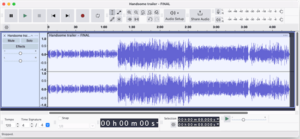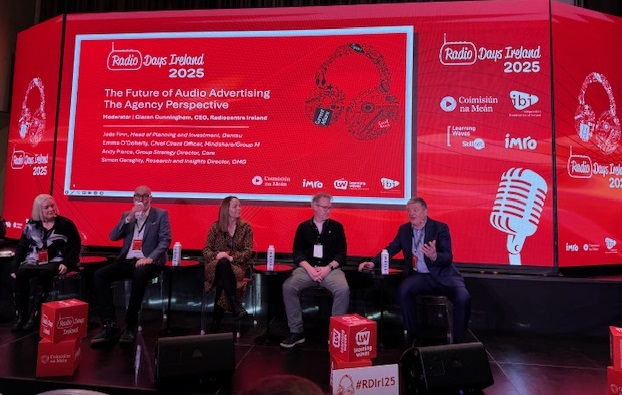We attended RadioDays 2025 convention at the Gibson Hotel in Dublin last week and one of the panels was “The Future of Audio Advertising – The Agency Perspective” . James Cridland from the Podnews newsletter was also there, and It got me thinking about a recent post from his newsletter about Direct Advertising Insertion (DAI) woes. What we do at Audyllic is really relevant here.
Have you ever noticed how jarring podcast ads can sound compared to radio? One minute you’re immersed in the content, the next you’re fumbling for the volume control because an ad comes blasting in – or worse, it’s so weak you miss the message entirely.
The Missing Link in DAI Performance
This isn’t just annoying for listeners, it could be costing advertisers real engagement. Here’s why:
Radio stations have spent decades perfecting audio processing through devices like the Orban Optimod – expensive “black boxes” that make everything sound consistently polished and punchy, regardless of the content source. When listeners hear your client’s ad on the radio, it benefits from this processing chain that makes it sound professional and integrated with the surrounding content.
But with podcast DAI (Dynamic Advertising Insertion), that processing disappears. A recent Podnews article by James Cridland in the 17th February 2025 edition (scroll to the bottom of the page) highlighted a podcast where:
- The host-read ad measured at a whisper-quiet -26 LUFS
- The actual content blasted in at -13 LUFS (four times louder!)
- Two promos sat at -18 LUFS

This isn’t just bad audio engineering – it creates a terrible listener experience that drives people to skip ads.
What We’re Doing About It at Audyllic
As co-owner of Audyllic.com, we’ve integrated Optimod processing technology (the same system used by major broadcasters) specifically for digital audio insertion.
It’s not as simple as just adjusting the loudness of the whole spot to the standard -16 LUFs (although that’s part of the solution). There are simpler tools that only address average loudness, but they miss the critical elements that make broadcast audio so engaging.
What makes Optimod (and therefore Audyllic) different is its ability to increase audibility, punch, and speech intelligibility from word to word and syllable to syllable if required, and it also knows when to do nothing! The processing acts often at a subliminal level that listeners feel rather than consciously notice. This is the same sophisticated processing that radio stations have used for decades to keep listeners engaged.
Audyllic will process DAI audio to sound “broadcast quality” without needing expensive hardware, maintains consistent loudness at the ideal -16 LUFS podcast standard, adds the “punch” and clarity that helps radio ads be so effective, enhances speech intelligibility for listening in noisy environments and it does it all at 6x real-time speed so it won’t slow down your workflow
We’ve created automated tools that integrate seamlessly into existing workflows – drop files into a folder, and they come out processed and ready for distribution, whether on Windows or Mac. And we’re flexible with deployment: cloud-based, on-premises, and hybrid organization-wide solutions (for private networks or intranets) are all available to match your specific infrastructure and security requirements.
Why This Matters to Advertising Agencies
As you know, a huge amount of effort goes into creative work to sell a clients brand or product, but technical audio issues such as loudness variations or weak audio can undermine its effectiveness in the digital space. Audyllic helps get the message through to every possible listener, combining your brilliant creative with audio that actually enhances the message rather than detracting from it!



